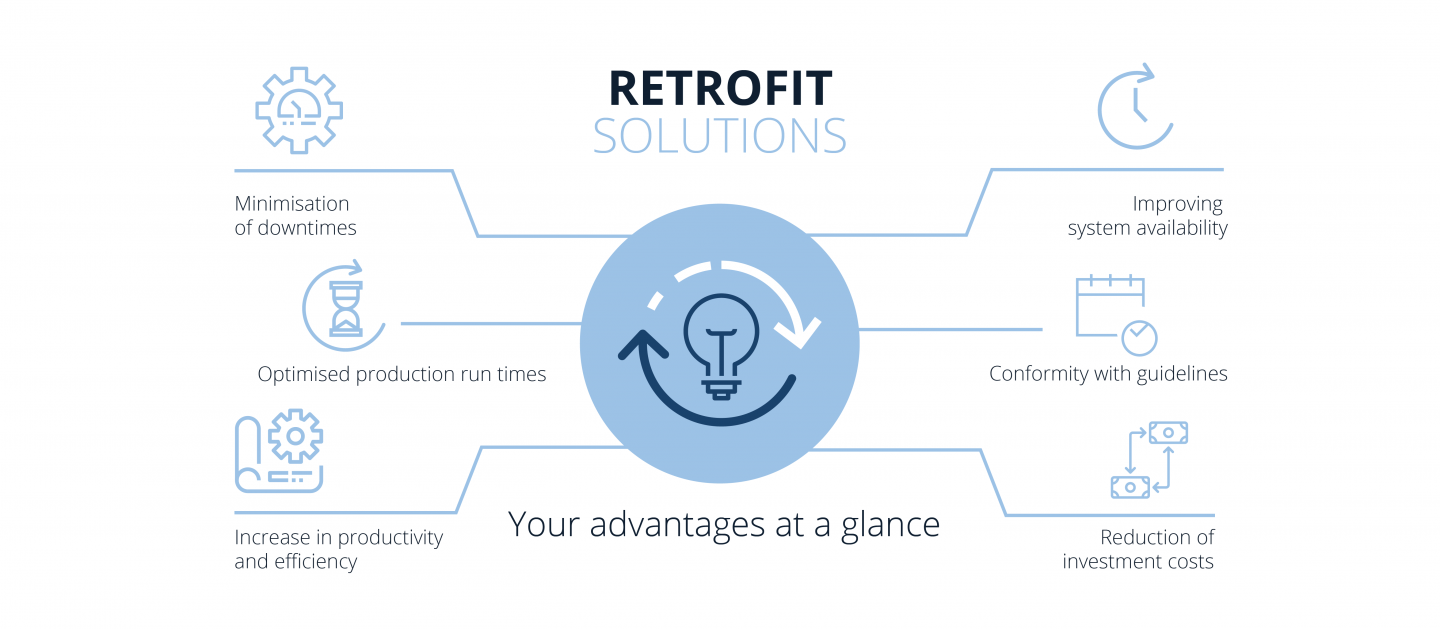
“Upgrading machines is like giving them a superpower boost, making them faster and smarter.”
In the vast world of Industrial Manufacturing, the process of upgrading and retrofitting industrial machines holds a key role. But what exactly does it mean, and why is it essential? Let’s delve into the basics, using straightforward words to explore this crucial aspect of the manufacturing realm.
Understanding Industrial Machines
Before we dive into the upgrading and retrofitting process, let’s first grasp the basics of industrial machines. These are big, powerful gadgets that make things. Think of them as the superheroes of the manufacturing world. They can be as small as a coffee maker or as massive as a giant robot building cars. These machines do the heavy lifting, literally.
What Makes Machines Tick?
Machines have parts that work together, like a team. Imagine gears, belts, and motors as the players on a football team. Each has its role, and if one part isn’t working well, the whole team struggles. The same goes for machines; if a part gets old or tired, the entire machine might not work properly.
Why Upgrade and Retrofit?
Now, let’s talk about upgrading and retrofitting. These are like giving our superhero machines a power-up or a makeover.
Upgrading: Boosting Superpowers
When we upgrade a machine, it’s like giving it a new and improved skill. It could be faster, stronger, or smarter. Imagine your old phone – when you upgrade to a new one, it’s faster, right? The same idea applies to industrial machines.
Retrofitting: A Stylish Makeover
Retrofitting is like giving our machines a fashionable makeover. Just like updating your wardrobe, we replace old parts with new ones to make the machine look and perform better. It’s like giving it a cool new outfit.
Why Does It Matter?
You might wonder why bother with upgrading and retrofitting. Well, there are good reasons.
Saving Money and the Planet
Old machines can be energy hogs. Upgrading them makes them more efficient, saving electricity and money. It’s like turning off lights when you leave a room – small changes, big impact.
Staying Competitive
In the superhero world, you want Batman to have the latest gadgets, right? The same goes for companies. Upgraded machines mean faster production, keeping businesses ahead of the game.
Safety First
Imagine a superhero with a rusty, old shield. Not very safe, right? Upgrading and retrofitting machines also means making them safer for the people working with them. It’s like giving our heroes the best armor for protection.
The Process Unveiled
Now, let’s take a peek at how upgrading and retrofitting actually happen.
Step 1: Machine Health Check
Just like going to the doctor for a check-up, machines get a thorough inspection. Engineers look for worn-out parts, potential problems, and areas that need improvement.
Step 2: Choosing the Right Upgrades
Think of this like picking the right superpowers for our hero. Engineers select upgrades based on what the machine needs to perform better and more efficiently.
Step 3: The Makeover Begins
Retrofitting starts with removing old parts and replacing them with shiny new ones. It’s like changing the tires on a car – necessary for a smoother ride.
Step 4: Testing, Testing, 1-2-3
After the makeover, machines go through rigorous testing. It’s like superheroes going through training to ensure they’re ready for action.
Common Upgrades in Industrial Machines
Let’s break down some common upgrades machines often receive.
Speed Boost
Making machines faster is like giving them a turbo button. It’s all about getting the job done quicker without compromising quality.
Smart Technology Integration
Upgrading with smart tech is like giving machines a brain. They can now think and make decisions on their own, making the manufacturing process smoother.
Energy Efficiency
Just like using energy-saving bulbs at home, upgrading machines for energy efficiency helps save power and money.
Practical Application
Let’s imagine your favorite superhero, Machine-Man, is an industrial machine. Over time, he gets a bit slow and outdated. Upgrading him is like giving him a new, faster engine and smarter brain. Now, he can produce more widgets in less time, helping the factory make extra profit. That’s the practical magic of upgrading industrial machines!
Real-world Impact
In a real-world scenario, think of a car factory. Upgrading machines means cars roll off the production line quicker. This not only boosts the company’s income but also creates more job opportunities. Upgraded machines ensure the factory stays ahead, competing with others and contributing to a thriving economy.
“In the world of industrial manufacturing, efficiency is the key to staying ahead in the competition.”
Conclusion: Making Machines Super Again
In the world of Industrial Manufacturing, upgrading and retrofitting industrial machines are the heroes’ training and costume changes. It keeps them efficient, competitive, and safe. So, the next time you see a product on the shelf, remember the superhero machines behind its creation – upgraded, retrofitted, and ready to conquer the manufacturing world.






















